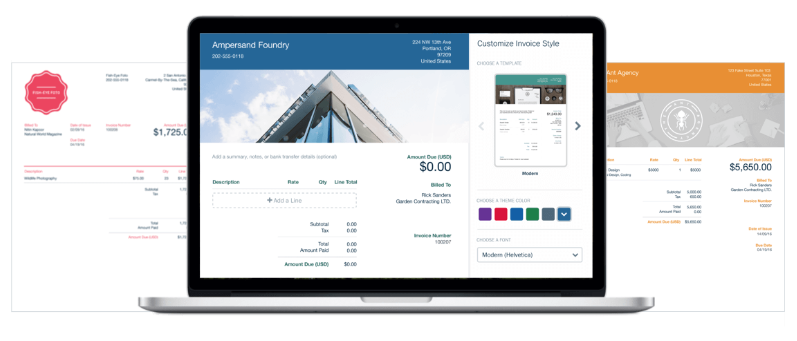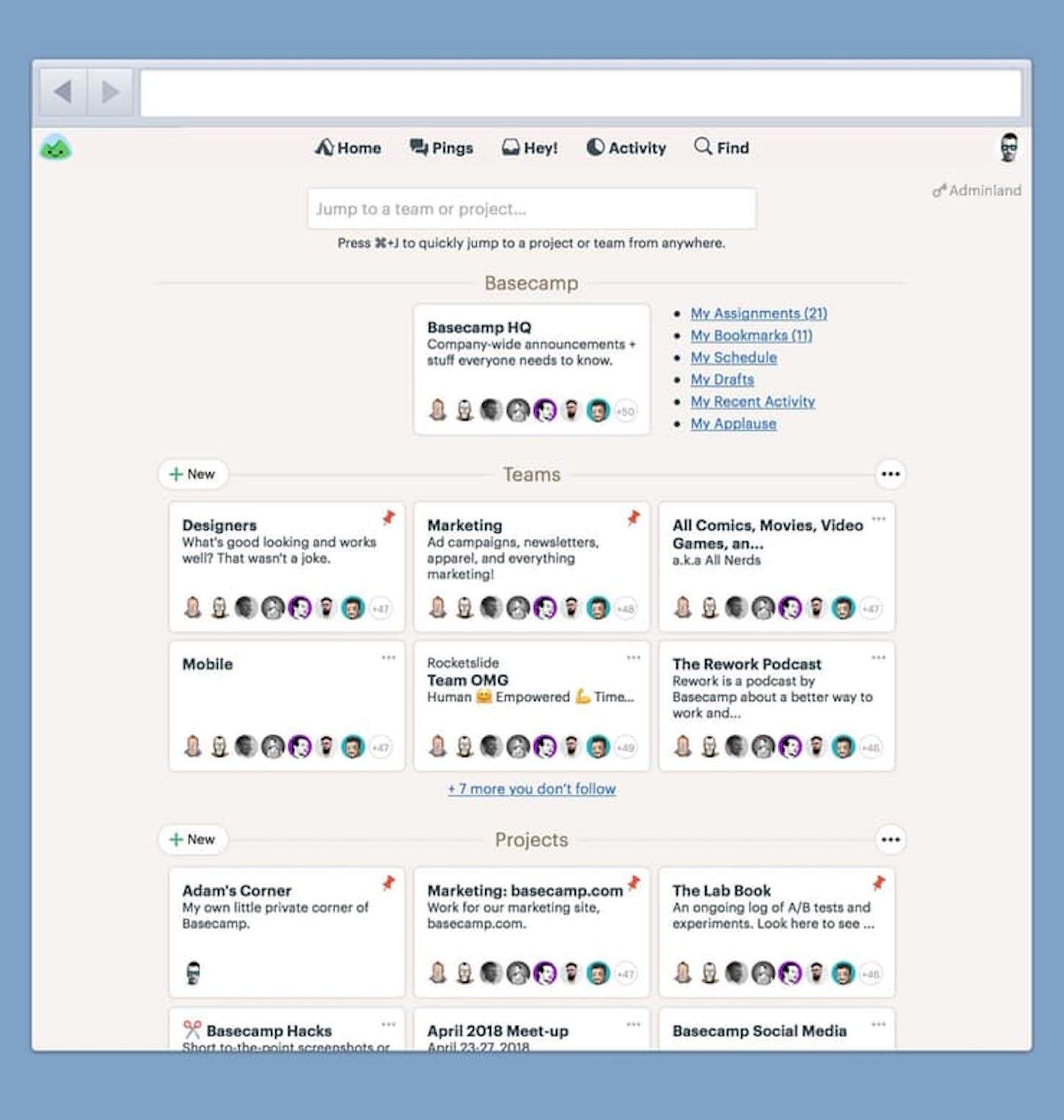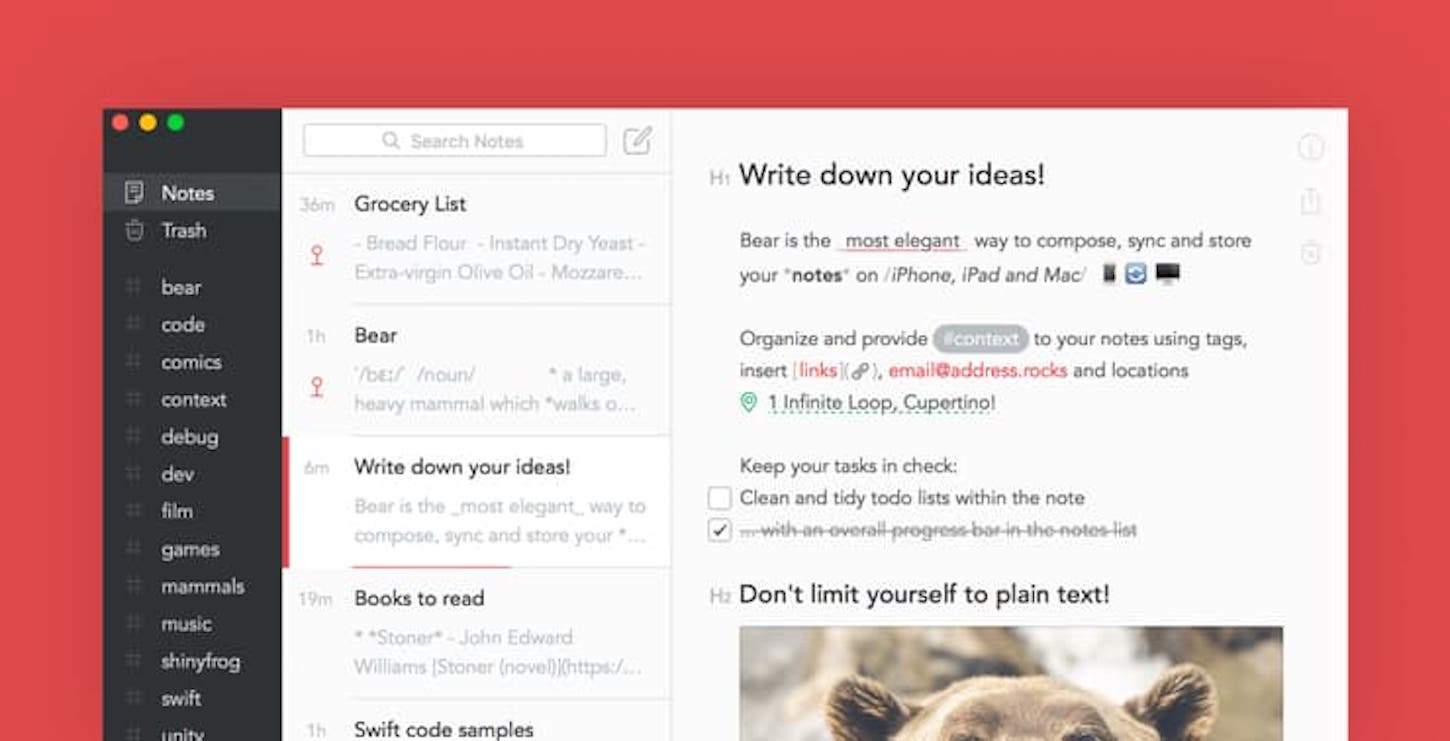No doubt you are an extraordinary designer or a talented developer, but that does not mean you will find success as a freelancer. That's because freelancing requires you to do a lot more than design and development. You will face a mountain of admin and the never-ending struggle of bringing in the next project, not to mention keeping clients happy.
Fortunately, there’s no need to panic. Not only are there great tools like Shopify to make building sites straightforward, but there are also tools for handling non-chargeable work, too. Tools that will help you deal with the admin and sales work as efficiently as possible, allowing you to focus on what you love — building excellent websites.
So let's look at five different types of tools that are essential to the success of any freelancer. We start with the scariest part of freelancing — dealing with finances.
On the prototyping stage of building great websites? Check out our article on the best prototyping tools.
1. Financial tools
One of the most significant barriers for many considering going freelance is finance. Even when people do leap, many quickly find themselves out of control with unexpected tax bills and unpaid invoices.
However, there are some great tools on the market that help avoid these problems. Tools such as FreeAgent, Xero, and Freshbooks.

In some cases, these tools can entirely do away with the need for an accountant. But, even if that is not the case, it will reduce the amount you have to pay them.
Most important of all, they will put you in control of your finances. You will be able to see your profitability at a glance, spot any future cash flow problems and know how much you need to set aside for tax. You will also be able to invoice clients, receive payments, and chase late payers, all automatically and for only a few dollars per month.
Of course, before you can invoice, you first need to win some work. That often means writing a killer proposal.
The Complete Guide to Web Design Project Management
Read our complete guide to web design project management for developers, designers, and marketers. Learn how to work with stakeholders, manage budgets, and keep your clients happy.
Learn more2. Proposal software
Responding to invitations to tender is an essential but time-consuming process. You need to prepare each document carefully, and in many cases, there is also an expectation that it’s visually attractive.
Of course, it’s entirely possible to create stunning proposals without any specialist software. However, there are advantages to using an application such as Qwilr or Proposify — most notably for the time savings they can provide.

These applications provide a range of customizable design templates to ensure your proposals look as good as possible. They also allow you to save segments of copy that you can reuse between documents. Proposify will even replace things like client names when copying between proposals, saving you the effort of finding and replacing every occurrence of the old client name.
But these apps offer other benefits beyond time-saving. They will also inform you when a client opens your document and provide statistics on which bits they looked at the most. They will even allow clients to agree to the proposal legally and also take payment.
Qwilr and Proposify both also have advanced features that would be impossible in a Word Document or PDF. For example, they have interactive pricing tables allowing the client to customize the deliverables they want.
Having a defined statement of work signed by the client will make life a lot easier when work begins, as will having a decent project collaboration tool.
You might also like: Starting Your Own Web Design Company: How to Freelance, Find Clients, and Grow Your Business.
3. Project collaboration tools
Being in control of your projects is essential to freelancing success. Not only will it help ensure you remain profitable, but clear communication will also reassure clients and give them confidence in your ability to deliver.
There is no shortage of tools available to help you manage projects, with the most well known being Basecamp. However, there are now many alternatives available, from Citrix’s Podio to tools like Trello.

These tools will allow you to track projects, assign tasks, and keep all of your project assets together. But most importantly it will ensure all client communications are in one place.
However, be careful. Some clients will have their preferred ways of working. Forcing clients to adopt a tool with which they are unfamiliar can cause confusion and damage relationships. Always ask a client whether they are happy using your app of choice before kicking off the project.
Although tools like Basecamp are great for managing assets relating to a project, you also need to consider the documentation related to your business.
You might also like: Project Budget Management: How to Keep Your Clients Happy.
4. Document repository
It’s incredible how much documentation a business generates, from tax certificates to meeting notes. Often this information ends up scattered all over the place from old notebooks, to filing cabinets, or emails.
Ideally, this information needs to be held in a central place and be instantly searchable.
Fortunately, there are tools ideally suited for this.
For those who primarily work digitally, there are tools like Bear or Notion. Both apps are great at organizing digital content, but tend to fall a little short when it comes to paper-based material. For that, you cannot beat Evernote.

Although Evernote has become a little bloated over recent years, it’s still the best solution for dealing with paperwork. With its scannable app, it’s easy to get paper content in a digital form. There are even pens specifically designed to get content into Evernote.
However, and most importantly, Evernote doesn’t just make it easy to get paper-based content into the app, it also makes them searchable. You can search within the documents even if they are handwritten.
By keeping all documentation relating to the business in one place and searchable, it will make life much more straightforward. The same is true of information about prospective clients.
You might also like: “How Much Should I Charge?” — Why You're Undercharging and How to Fix It.
5. Customer relationship management systems
With any luck, you will have a lot of sales leads coming in. Leads that need chasing and managing. Prospects that can take months and occasionally even years before they turn into projects. It’s hard to hold all that in your head.
It’s not easy to remember to chase people, or even why you are chasing them when such a long time has passed. Sure you could use a task app to remind you to follow up with people, but then you have to dig through email to remember where the conversation got to. That’s where a customer relationship management (CRM) system comes in.
When most people think of a CRM, they think about large-scale organizations with thousands of customers. But, they are not all like that. There are CRMs aimed at smaller businesses, too.
One of the best is a tool called Pipedrive. Pipedrive allows you to manage all of your prospects and the different deals that might be on the table. It also allows you to schedule reminders to follow up on those opportunities.

Pipedrive allows you to manage incoming leads and schedule upcoming workloads. However, most importantly it integrates with email so you can see all emails relating to a deal. It even syncs with your contacts and calendar if you like.
Essential tools or a luxury?
When you’re freelancing, it’s often necessary to watch every cent. The idea of signing up for all these different services may seem like a luxury you cannot afford. But you need to ask yourself how much time they could save you. The time that you could be spending on paid projects or bringing in the next lead.
Read more
- 9 Noteworthy Coworking Spaces in NYC
- 5 Easy Ways to Make Your Portfolio Website Look Fresh
- Designing for Designers: Jen Mussari on her Shopify Partners Mug Design
- Jeffrey Zeldman Shares His Advice for Aspiring Freelance Web Designers
- Why We’re Sending a Shopify Developer Around the World (And How You Can Connect With Her)
- What is Personal Branding? A Freelancer’s Guide
- What is Impostor Syndrome? 6 Ways for Designers and Developers to Overcome it
- 8 Easy Time Management Tips for Freelancers
What freelancing tools do you wish you could get some help accessing? Tell us in the comments below!

